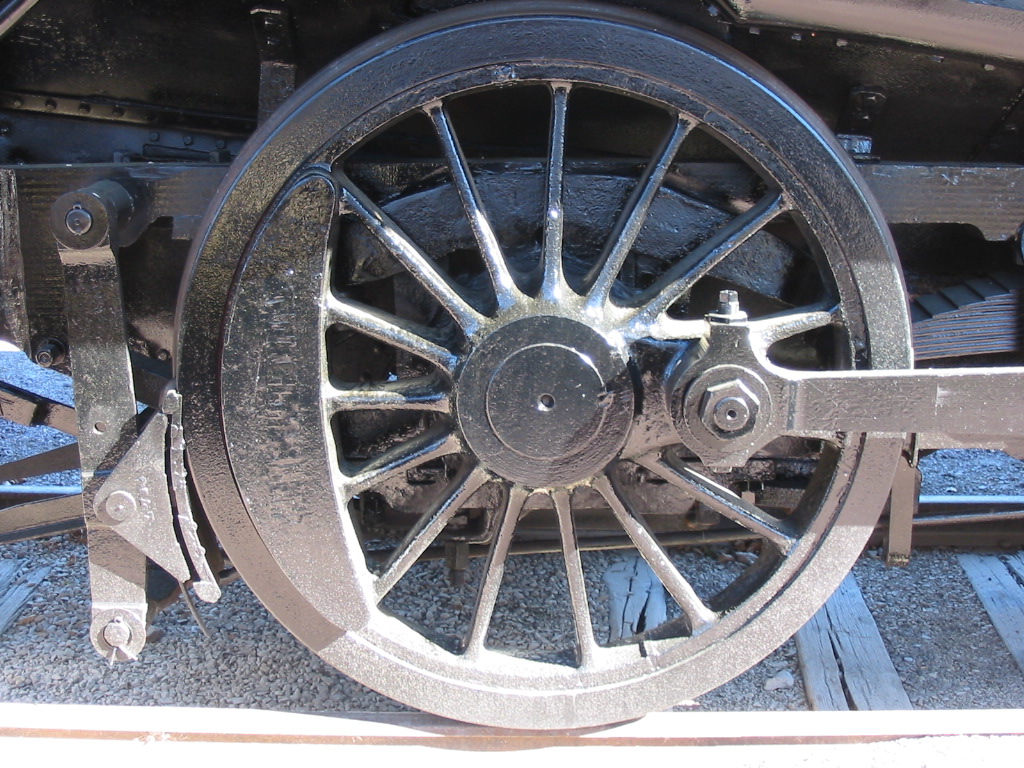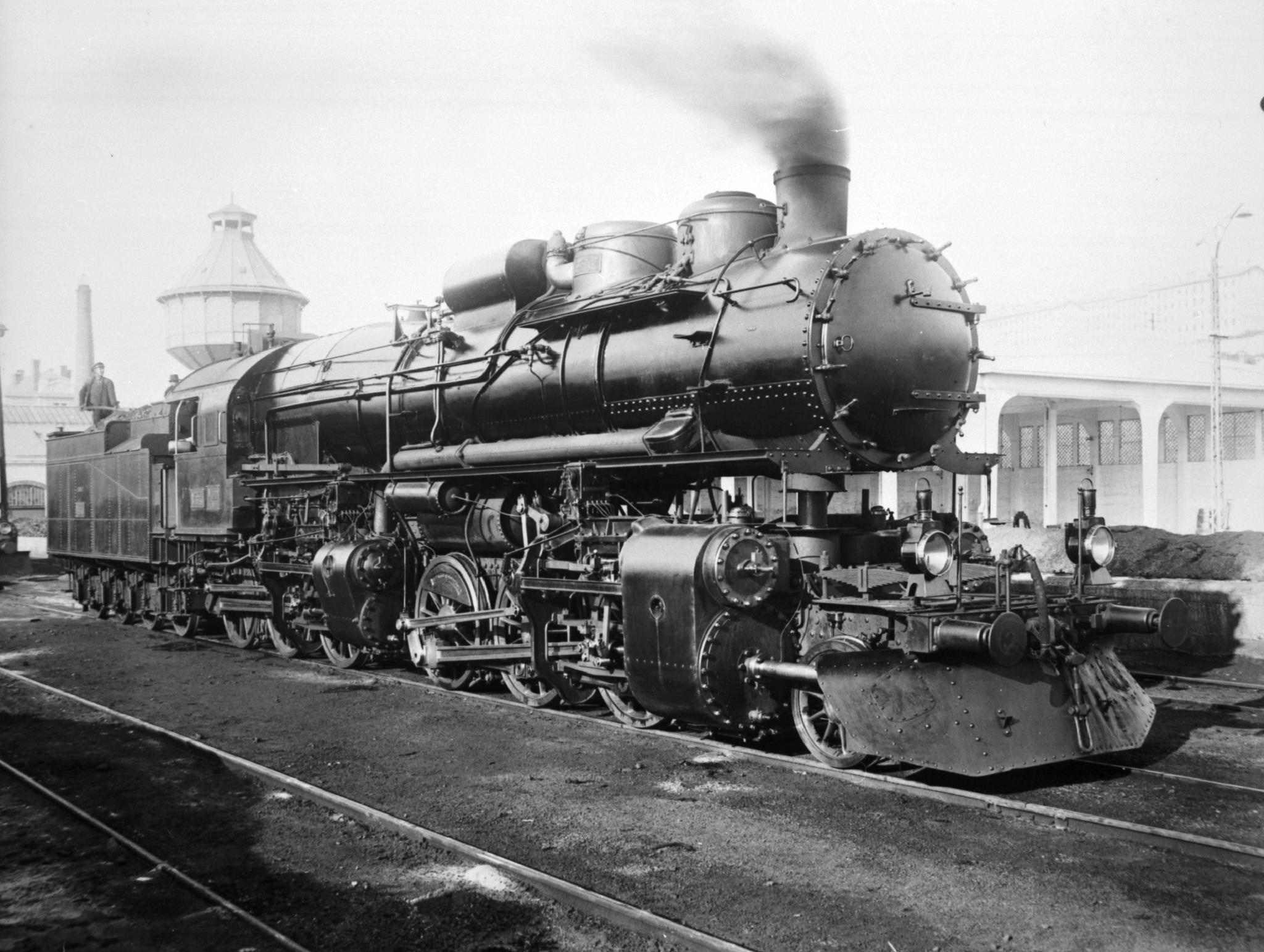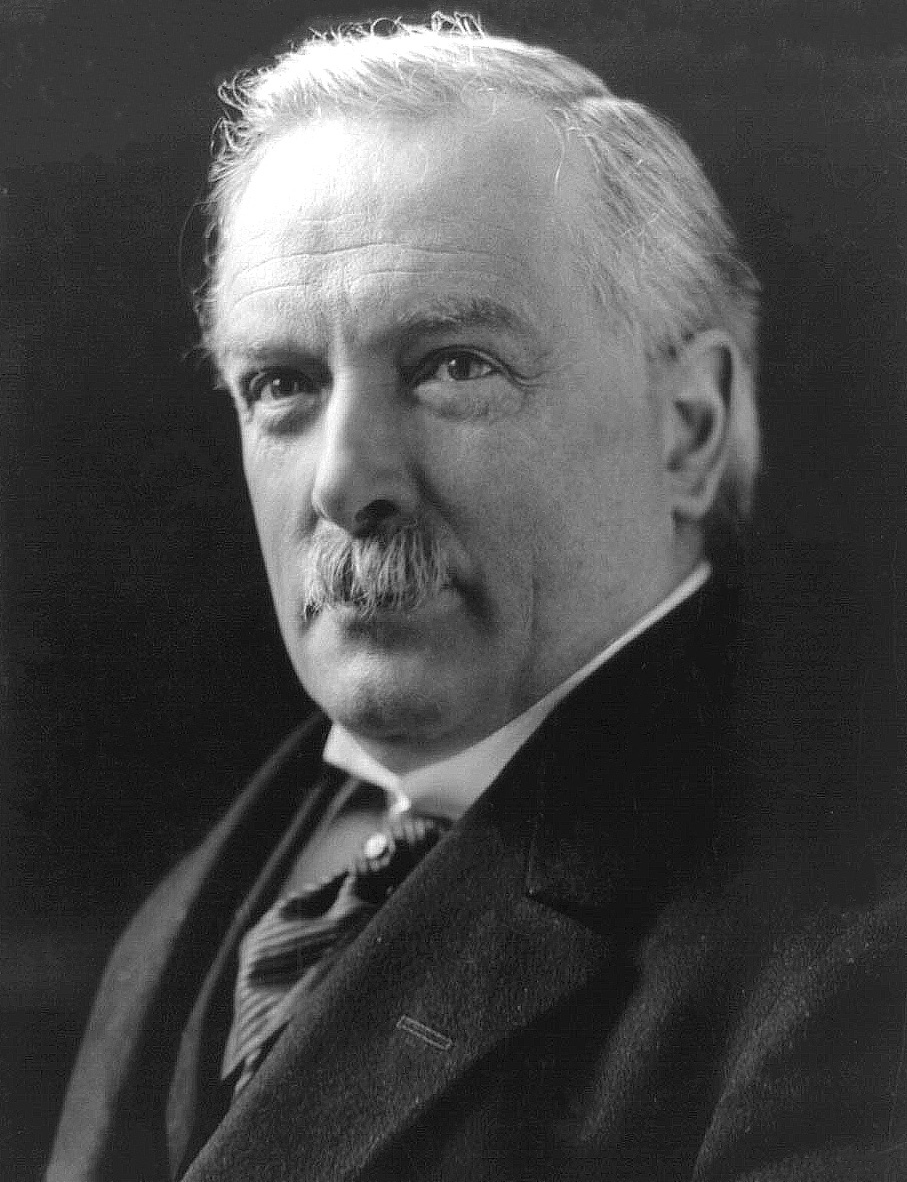|
Engerth Locomotive
The Engerth locomotive was a type of early articulated steam locomotive designed by Wilhelm Freiherr von Engerth for use on the Semmering Railway in Austria. The distinctive feature of the Engerth design was an articulated tender as part of the main locomotive frame. Some of the weight of the tender therefore rested on the driving wheels, improving adhesion, while articulation allowed the locomotive to navigate the narrow curves of mountain railways. Designer Wilhelm von Engerth was born in Pless, Upper Silesia (Now Pszczyna, Poland) on 26 May 1814, the brother of the artist Edouard von Engerth. Initially, he studied architecture, but in 1834 he took up mechanical engineering as a profession. By the late 1850s he was the General Manager of the Imperial Austrian State Railways. Von Engerth was created a Baron (Freiherr) in 1875, and he died on 4 September 1884 in Leesdorf.Translated from the German article History Von Engerth first patented his design for an articulate ... [...More Info...] [...Related Items...] OR: [Wikipedia] [Google] [Baidu] |
Kgf/cm²
A kilogram-force per centimetre square (kgf/cm2), often just kilogram per square centimetre (kg/cm2), or kilopond per centimetre square is a deprecated unit of pressure using metric units. It is not a part of the International System of Units (SI), the modern metric system. 1 kgf/cm2 equals 98.0665 kPa (kilopascals). It is also known as a technical atmosphere (symbol: at). The kilogram-force per square centimetre remains active as a measurement of force primarily due to older pressure measurement devices still in use. This use of the unit of pressure provides an intuitive understanding for how a body's ''mass'' can apply ''force'' to a scale's ''surface area'' i.e.kilogram-force per square (centi-)metre. In SI units, the unit is converted to the SI derived unit pascal (Pa), which is defined as one newton per square metre (N/m2). A newton is equal to 1 kg⋅m/s2, and a kilogram-force is 9.80665 N, [...More Info...] [...Related Items...] OR: [Wikipedia] [Google] [Baidu] |
PV Engerth Loco 14 1970
PV may refer to: Places * Paceville, Malta * Puerto Vallarta, Mexico * Postal village, a settlement that has a post office United States * Palos Verdes Peninsula, California * Prescott Valley, Arizona * Prairie Village, Kansas Politics * Partido Verde (other), several political parties * Peoples Voice, a political party in Singapore * Preferential voting (other), a category of electoral systems Science and technology * Photovoltaics, a technology for converting sunlight into electricity * Potential vorticity, in fluid dynamics * Presta valve, one of the two common tire valves * Process variable, in control systems * Programmed visibility, of traffic signals Biology and medicine * Parvalbumin, a calcium-binding albumin protein * Pathovar, a bacterial strain or set of strains with the same or similar characteristics * Pemphigus vulgaris, a chronic blistering skin disease * ''Per vaginam'', through/via the vagina * Periventricular nucleus, of the hypothalamus ... [...More Info...] [...Related Items...] OR: [Wikipedia] [Google] [Baidu] |
Euro Gold And Silver Commemorative Coins (Austria)
The euro (symbol: €; code: EUR) is the official currency of 19 out of the member states of the European Union (EU). This group of states is known as the eurozone or, officially, the euro area, and includes about 340 million citizens . The euro is divided into 100 cents. The currency is also used officially by the institutions of the European Union, by four European microstates that are not EU members, the British Overseas Territory of Akrotiri and Dhekelia, as well as unilaterally by Montenegro and Kosovo. Outside Europe, a number of special territories of EU members also use the euro as their currency. Additionally, over 200 million people worldwide use currencies pegged to the euro. As of 2013, the euro is the second-largest reserve currency as well as the second-most traded currency in the world after the United States dollar. , with more than €1.3 trillion in circulation, the euro has one of the highest combined values of banknotes and coins in circul ... [...More Info...] [...Related Items...] OR: [Wikipedia] [Google] [Baidu] |
Rail Adhesion
An adhesion railway relies on adhesion traction to move the train. Adhesion traction is the friction between the drive wheels and the steel rail. The term "adhesion railway" is used only when it is necessary to distinguish adhesion railways from railways moved by other means, such as by a stationary engine pulling on a cable attached to the cars or by railways that are moved by a pinion meshing with a rack. The friction between the wheels and rails occurs in the wheel-rail interface or contact patch. The traction force, the braking forces and the centering forces, all contribute to stable running. However, running friction increases costs by requiring higher fuel consumption and by increasing the maintenance needed to address fatigue (material) damage, wear on rail heads and on the wheel rims and rail movement from traction and braking forces. Variation of friction coefficient Traction or friction is reduced when the top of the rail is wet or frosty or contaminated with grea ... [...More Info...] [...Related Items...] OR: [Wikipedia] [Google] [Baidu] |
Driving Wheel
On a steam locomotive, a driving wheel is a powered wheel which is driven by the locomotive's pistons (or turbine, in the case of a steam turbine locomotive). On a conventional, non-articulated locomotive, the driving wheels are all coupled together with side rods (also known as coupling rods); normally one pair is directly driven by the main rod (or connecting rod) which is connected to the end of the piston rod; power is transmitted to the others through the side rods. On diesel and electric locomotives, the driving wheels may be directly driven by the traction motors. Coupling rods are not usually used, and it is quite common for each axle to have its own motor. Jackshaft drive and coupling rods were used in the past (e.g. in the Swiss Crocodile locomotive) but their use is now confined to shunting locomotives. On an articulated locomotive or a duplex locomotive, driving wheels are grouped into sets which are linked together within the set. Diameter Driving wheels ... [...More Info...] [...Related Items...] OR: [Wikipedia] [Google] [Baidu] |
Tender Locomotive
A tender or coal-car (US only) is a special rail vehicle hauled by a steam locomotive containing its fuel (wood, coal, oil or torrefied biomass) and water. Steam locomotives consume large quantities of water compared to the quantity of fuel, so their tenders are necessary to keep them running over long distances. A locomotive that pulls a tender is called a tender locomotive. Locomotives that do not have tenders and carry all their fuel and water on board the locomotive itself are called tank locomotives. A corridor tender is a locomotive tender with a passageway to one side, allowing crew changes on the fly. A brake tender is a tender that is heavy and used (primarily) to provide greater braking efficiency. General functions The largest steam locomotives are semi-permanently coupled by a drawbar to a tender that carries the water and fuel. The fuel source used depends on what is economically available locally. In the UK and parts of Europe, a plentiful supply of coal made ... [...More Info...] [...Related Items...] OR: [Wikipedia] [Google] [Baidu] |
Mallet Locomotive
The Mallet locomotive is a type of articulated steam railway locomotive, invented by the Swiss engineer Anatole Mallet (1837–1919). The front of the locomotive articulated on a bogie. The compound steam system fed steam at boiler pressure to high-pressure cylinders driving the rear set of driving wheels (rigidly connected to the boiler). The exhaust steam from these cylinders was fed into a low-pressure receiver and was then sent to low-pressure cylinders that powered the driving wheels on the swiveling bogie towards the front of locomotive. Compounding Steam under pressure is converted into mechanical energy more efficiently if it is used in a compound engine; in such an engine steam from a boiler is used in high-pressure (HP) cylinders and then under reduced pressure in a second set of cylinders. The lower-pressure steam occupies a larger volume and the low-pressure (LP) cylinders are larger than the high-pressure cylinders. A third stage (triple expansion) may be empl ... [...More Info...] [...Related Items...] OR: [Wikipedia] [Google] [Baidu] |
Meyer Locomotive
A Meyer locomotive is a type of articulated locomotive. The design was never as popular as the Garratt or Mallet locomotives. It can be best regarded as 19th Century competition for the early compound Mallet and also the Fairlie articulated designs. Most single cab modern trains are of a similar design such as power cars, freight diesel locomotives, and some passenger locomotives. Development and design The Meyer was in fact invented by Austrian engineer Wenzel Günther of the Wiener Neustädter Lokomotivfabrik for the Semmering Trials of 1851. However, the technology wasn't yet developed for the steam to be reliably transported to the bogies with reasonable amount of leaks, and despite generally good performance of the design on the trials the company abandoned the idea. It was reinvigorated by Frenchman Jean-Jacques Meyer (1804-1877), who took out a patent on the design in 1861. The first locomotive, an named ''L'Avenir'' (Future), was built by in 1868 with the support of a ... [...More Info...] [...Related Items...] OR: [Wikipedia] [Google] [Baidu] |
Fairlie Locomotive
A Fairlie is a type of articulated locomotive, articulated steam locomotive that has the driving wheels on bogies. The locomotive may be double-ended (a double Fairlie) or single ended (a single Fairlie). Fairlies are most famously associated with the Ffestiniog Railway in North Wales. While the Fairlie locomotives are now used only on heritage railways, the vast majority of diesel locomotive, diesel and electric locomotives in the world today follow a form not very different from the Fairlie — two power trucks with all axles driven, and many also follow the Fairlie's double-ended concept, capable of being driven equally well in both directions. Development of the design The Scottish people, Scottish engineer Robert Francis Fairlie patented his design in 1864. He had become convinced that the conventional pattern of locomotive was seriously deficient; they wasted weight on unpowered wheels (the maximum tractive effort a locomotive can exert is a function of the weight ... [...More Info...] [...Related Items...] OR: [Wikipedia] [Google] [Baidu] |
Vienna
en, Viennese , iso_code = AT-9 , registration_plate = W , postal_code_type = Postal code , postal_code = , timezone = CET , utc_offset = +1 , timezone_DST = CEST , utc_offset_DST = +2 , blank_name = Vehicle registration , blank_info = W , blank1_name = GDP , blank1_info = € 96.5 billion (2020) , blank2_name = GDP per capita , blank2_info = € 50,400 (2020) , blank_name_sec1 = HDI (2019) , blank_info_sec1 = 0.947 · 1st of 9 , blank3_name = Seats in the Federal Council , blank3_info = , blank_name_sec2 = GeoTLD , blank_info_sec2 = .wien , website = , footnotes = , image_blank_emblem = Wien logo.svg , blank_emblem_size = Vienna ( ; german: Wien ; ba ... [...More Info...] [...Related Items...] OR: [Wikipedia] [Google] [Baidu] |







